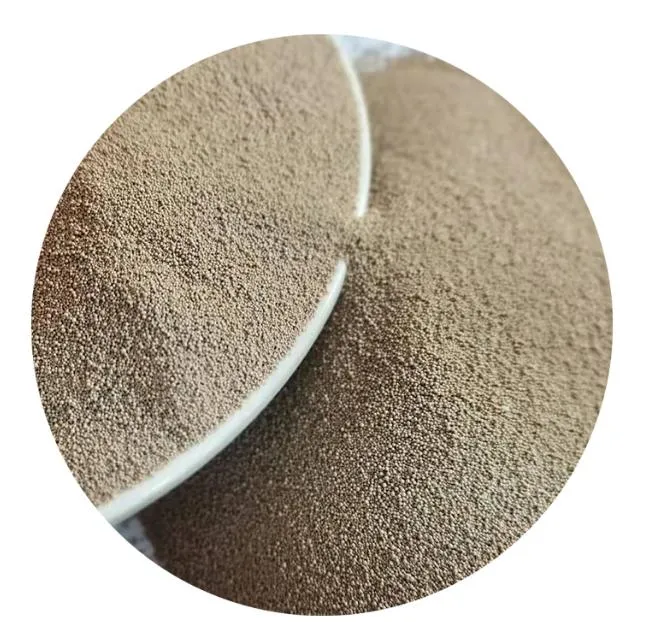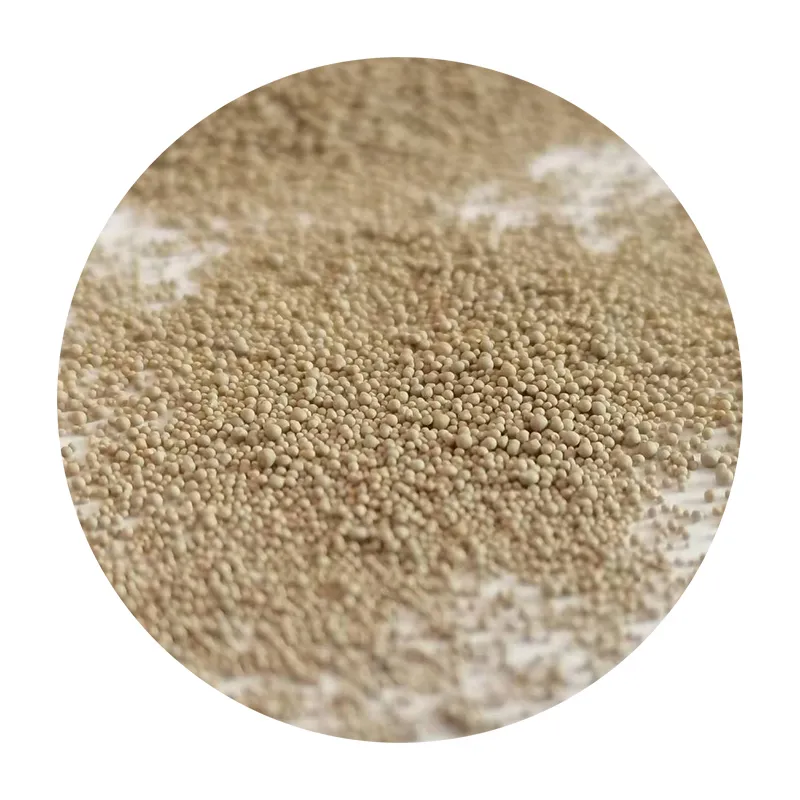

Working with sand in resin requires specific techniques to ensure optimal results. Mixing ratios must be meticulously calculated to achieve the right consistency and visual balance. Too little sand might not create the desired texture, while too much could compromise the resin’s clarity and hinder the curing process. To achieve the best outcomes, experiment with different sands and layering methods. Applying sand on the surface after pouring the initial resin layer can produce striking effects. This technique allows sand grains to partially embed, creating a nuanced, layered look. Alternatively, mixing sand directly into the resin before pouring can create a more uniform texture throughout the piece. It’s essential to seal and protect your creations after incorporating sand. A final clear coat of resin can enhance the visual depth of the embedded sand, ensuring long-lasting luster and protection against wear. Sand’s versatility extends beyond aesthetics. It can also serve as a medium to improve the grip of resin objects. Items like serving trays or tabletops often benefit from the added traction that sand provides. This practical application of sand ensures that beauty doesn’t come at the expense of functionality. Sand for resin is more than an additive; it’s a transformative element that elevates styles, adding depth and a unique narrative to each piece. Embracing the use of sand in your resin projects can lead to creations that are both beautiful and meaningful, resonating on a personal and artistic level. For enthusiasts and professionals alike, understanding the role of sand in resin art is key to unlocking new creative potential. From sandy beaches to desert dunes, the world’s diverse sands hold untapped possibilities for resin artists ready to explore. Post time:2月 . 11, 2025 10:37
Next:sand casting resin
